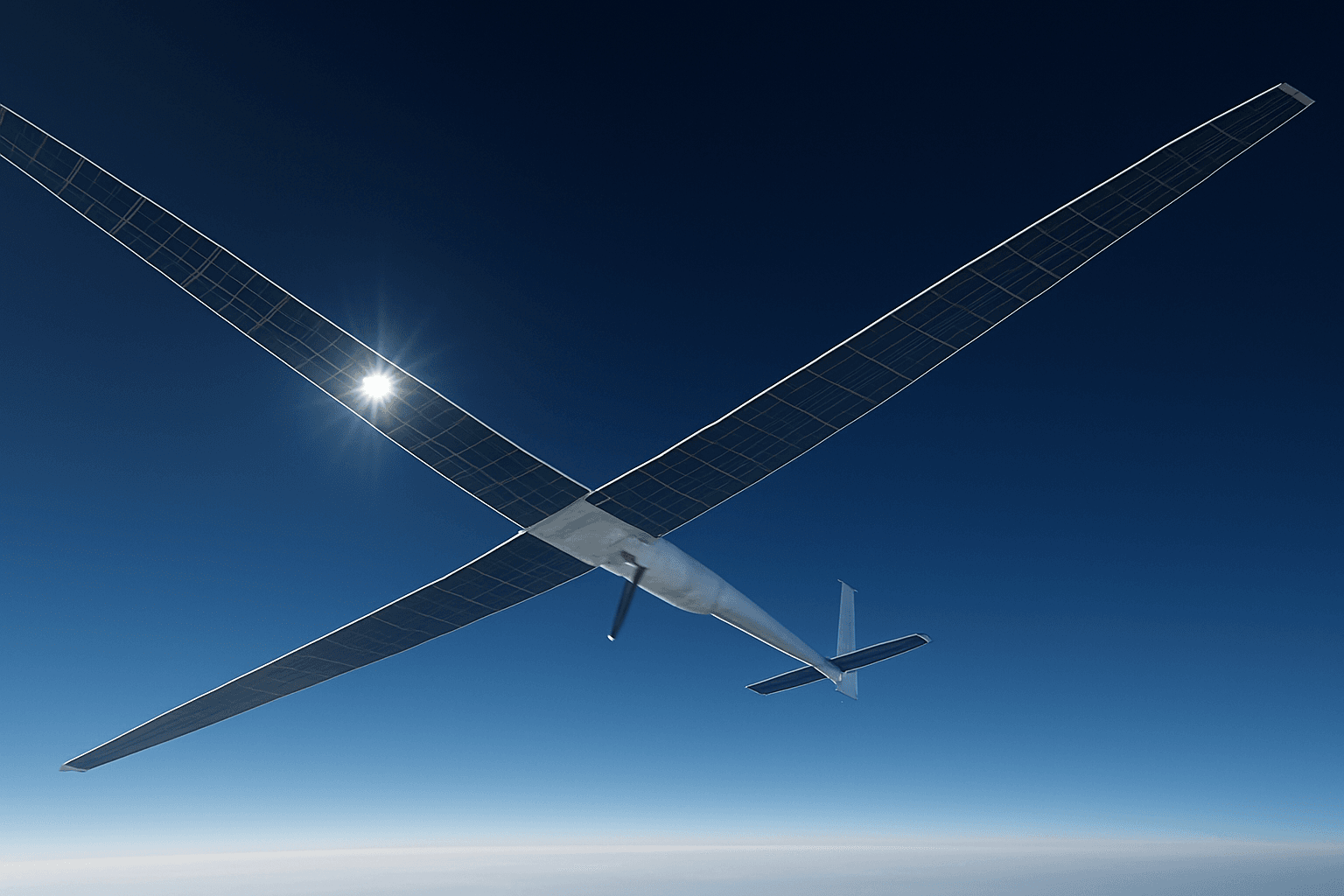AALTO, buoyed by a recent $100 million investment from a Japanese consortium, is gearing up for a new series of demonstration flights with its Zephyr High Altitude Platform Station (HAPS). These flights, set to take off from AALTO’s facility in Kenya, will showcase Zephyr’s diverse capabilities, including connectivity, Earth observation, and customer-provided payloads.
Zephyr: The Stratospheric Pioneer
Zephyr is a solar-powered, ultra-long-endurance aircraft designed to fly at altitudes up to 75,000 feet within the stratosphere. With a wingspan of 25 meters and a maximum takeoff weight of 75 kg, Zephyr has already demonstrated a maximum flight endurance of 64 days. AALTO aims to achieve continuous operation for over 100 days, pushing the boundaries of what’s possible with existing battery technology.
AALTOport: The World’s First HAPS Facility
AALTO’s commitment to Zephyr is further exemplified by its “AALTOport” in Laikipia County, Kenya. This purpose-built facility is the world’s first of its kind, designed specifically for HAPS operations. The company anticipates launching aircraft from Kenya very soon, pending final approvals.
Demonstrating Zephyr’s Capabilities
The upcoming demonstration flights will focus on several key areas:
- Connectivity: Showcasing Zephyr’s ability to provide connectivity over remote locations, potentially serving as a “tower in the sky” for government and commercial applications.
- Earth Observation: Demonstrating Zephyr’s capacity for very high-resolution imagery and near-real-time video from the stratosphere.
- Customer Payloads: Integrating and testing various payloads provided by customers, highlighting Zephyr’s flexibility and adaptability.
NTT DOCOMO Partnership
AALTO has established a strong partnership with Japanese telecommunications company NTT DOCOMO, who invested $100 million in AALTO last year. NTT DOCOMO envisions using Zephyr for disaster relief, providing connectivity when ground networks are disrupted by natural disasters. The company plans to conduct demonstration flights from Kenya to Japan and back, carrying payloads for direct-to-smartphone connectivity and Earth observation.
Overcoming Challenges
AALTO has faced challenges in the past, including early flight terminations due to thermal activity and turbulence. To address these issues, the company redesigned Zephyr’s flight control laws, tailoring them to the aircraft’s elasticity and improving control during turbulence. Testing in 2023 proved the effectiveness of the new configuration, allowing Zephyr to withstand previously problematic conditions.
The Future of HAPS
AALTO is working closely with the UK Civil Aviation Authority (CAA) to secure certification for Zephyr. The company aims to commence commercial services in 2026, with NTT DOCOMO and Space Compass as key partners. AALTO is also exploring potential applications for Zephyr in military and commercial sectors.
Recent Flight and Future Plans
In early 2025, AALTO conducted a 13-day flight from its Kenyan facility, testing a direct-to-device (D2D) 4/5G connectivity payload. The flight validated improvements to Zephyr’s flight envelope and tested new power conservation strategies. Despite a recent controlled descent, AALTO maintains its 2026 target for commercial operations. The company plans to conduct multiple additional flights from Kenya throughout 2025, with the goal of having multiple aircraft in the stratosphere simultaneously. AALTO’s chief technology officer, Pierre-Antoine Aubourg, has stated that the aircraft had “a lot” of remaining flight-time available at the end of its record-breaking flight.
AALTO’s Vision
AALTO envisions Zephyr as a complementary asset to traditional space and defense ecosystems, offering unique capabilities for connectivity, Earth observation, and disaster relief. With its ongoing development and testing, AALTO is poised to revolutionize stratospheric flight and unlock the vast potential of HAPS technology.





